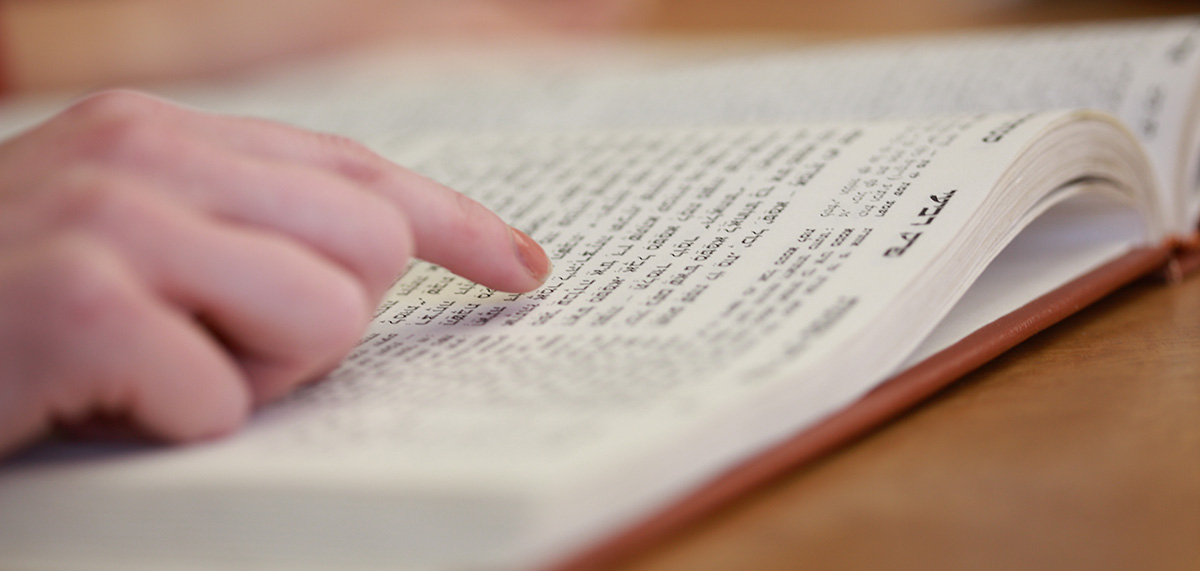Sacrificing Identities
Mar 15, 2019 By | Commentary | Vayikra
The early rabbinic midrash on the Book of Leviticus (Sifra) begins its interpretation of our parashah by asking the critical question: Who is a Jew? The Rabbis seek to clearly define who can participate in Temple worship and who cannot because the sacrifices are a key piece of the covenantal relationship with God. That means that participation in the sacrificial cult is emblematic of full Jewish citizenship and demarcates the borderlines between Jews and others.
Read More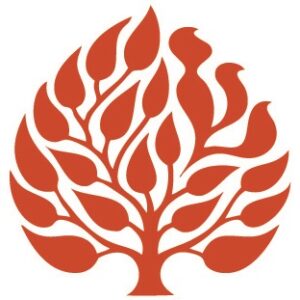
The Paris Photo
Mar 14, 2019 By Library of the Jewish Theological Seminary | Public Event audio
A discussion with author Dr. Jane S. Gabin about her historical novel.

Entering the Clouds of Glory
Mar 8, 2019 By Daniel Nevins | Commentary | Pekudei
“What do you mean, Rabbi? The clouds are mysterious—it’s like being on Sinai!” This statement by a rabbinical student consoled me several years ago on the summit of Giant Mountain in the Adirondacks. Each fall I take a minyan or so of students hiking for the weekend, and on that day, we had spent many hours climbing this enormous peak. On the way up, we enjoyed stunning views—of an alpine lake called “the Giant’s Washbowl” and the Great Range looming across the valley to our south. But when we reached the top of Giant a thick cloud had parked itself on the summit and would not budge. Visibility was limited to about ten feet, and wisps of mist skimmed between us.
Read More
Bezalel and Oholiav: Models Then, Models Now
Mar 1, 2019 By Matthew Berkowitz | Commentary | Vayak-hel
Parashat Vayak-hel is replete with the material details of the Tabernacle and its wares. This sacred building project becomes the focus of Israelite energy in the latter part of the Book of Exodus. But more than the project itself is the quality of the people behind it. Vayak-hel pointedly and poetically reintroduces us to Bezalel and Oholiav, the master artisans responsible for the construction of the Tabernacle and its appurtenances. What makes these two individuals worthy of this sacred task?
Read More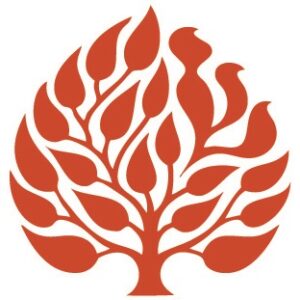
Purim Resources
Feb 27, 2019 By The Jewish Theological Seminary | Collected Resources | Shabbat Zakhor | Purim
A curated listing of Purim and Shabbat Zakhor resources on JTS Torah Online
Read More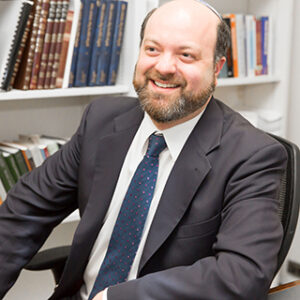
A Bearable Lightness
Feb 22, 2019 By Eitan Fishbane | Commentary | Ki Tissa
In this week’s parashah, we encounter two iconic moments in the epic story of Benei Yisra’el and their reception of the Torah. The first is known as the sin of the golden calf, when the impatience of the people waiting for Moshe’s return leads to their worship of a gleaming physical form in place of God, their redeemer. This narrative event comes to be not only a climax in the biblical story, but also serves as the paradigmatic image of idolatry through two millennia of Jewish theology. The second iconic moment occurs upon Moshe’s descent from Mount Sinai, holding the two tablets of the covenant made with the finger of God. Encountering this ultimate violation, Moshe dramatically smashes the sacred tablets at the foot of Sinai.
Read More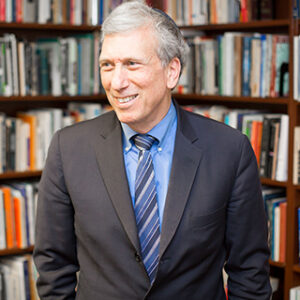
Holy Work for God’s Creation
Feb 15, 2019 By Arnold M. Eisen | Commentary | Tetzavveh
The most important headline of the week (and perhaps the year) did not appear in the top right column of the New York Times last Thursday. That spot—traditionally reserved for the lead story—was given over to the troubles facing the governor of Virginia, a scandal likely to be resolved and forgotten in a matter of weeks. Not so the fact that “the five warmest years in recorded history have been the last five, and that 18 of the 19 warmest years have occurred since 2001.” This story is likely to shape human history—and the life of the planet—for many years to come; it now seems indisputable that “the quickly rising temperatures . . . correspond with the scientific consensus that climate change is caused by human activity.”
Read More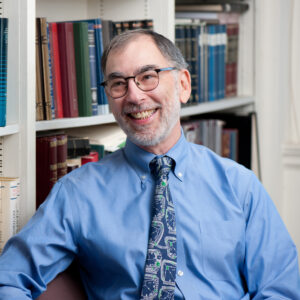
Why God Needs a Dwelling Place
Feb 8, 2019 By Robert Harris | Commentary | Terumah
Recent portions of the Torah have dealt with the arrival of the Israelites at Mount Sinai; the great theophany of God, in which God spoke the Ten Words, or Decalogue; the revelation of the Book of the Covenant, containing the first extended legal section of the Torah; and the covenantal ceremony sealing the everlasting special relationship between God and the people of Israel (Exod. 19–24). Our portion this week turns to the subject of proper worship of God (a subject with which the Torah will be concerned formally for the next eight portions), and opens with a command from God that Moses organize the people to build God a sanctuary in the wilderness: “And the Lord spoke to Moses, saying: ‘Speak to the Israelites that they may take for me a contribution; from everyone whose heart so moves him, take my contribution . . . and let them make me a sanctuary, that I may dwell among them’” (Exod. 25:1–2,8).
Read More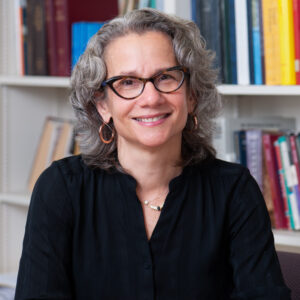
Opt-In Judaism
Feb 1, 2019 By Amy Kalmanofsky | Commentary | Mishpatim
“I’m gonna make him an offer he can’t refuse” may be the most well-known line of any movie. Spoken by Don Corleone to Johnny Fontane in The Godfather, it communicates the chilling reality of doing business with a mobster.
The Talmud suggests that God made a similar offer to Israel at Mount Sinai (BT Shabbat 88a). The Torah’s description that Israel stood under the mountain (תחתית ההר) to receive revelation in Exod 19:17, inspires the Rabbis to imagine God holding the mountain over the people—threatening them to accept the Torah . . . or else.
Read More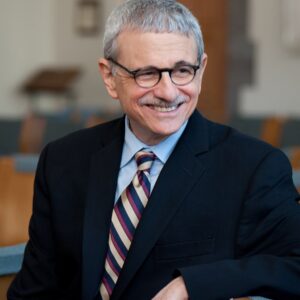
The Confusion of Revelation
Jan 25, 2019 By Barry Holtz | Commentary | Yitro
We have now come to Parashat Yitro in our annual Torah reading cycle, arguably the most significant sedra in the Humash. While Parashat Bereishit has the mythic power of the creation stories and Parashat Beshallah includes the narrative of the Exodus from Egypt and the miraculous crossing of the Sea, it is in Yitro that we see the culmination of that crossing, for here in Parashat Yitro we read about our first connection to the Torah, the single most significant element of Judaism as it later evolved.
Read More
A Wall “To the Right of Them, and To the Left”
Jan 18, 2019 By Arnold M. Eisen | Commentary | Beshallah
For many years my favorite line in Parashat Beshallah—the section of Torah that I studied at age 11 while learning to chant with proper musical notation from the scroll—was the Israelites’ sarcastic complaint to Moses when they found themselves trapped between Pharaoh’s army advancing from behind them, and the sea blocking their way forward.
Read MoreWhat? There weren’t enough graves in Egypt, so you took us out to die in the wilderness? (Exod. 14:11)
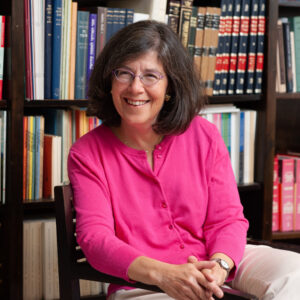
Memory and the Exodus from Egypt
Jan 11, 2019 By Jan Uhrbach | Commentary | Bo
Zakhor—Remember this day, on which you went free from Egypt, from the house of bondage, for with a mighty hand Adonai brought you forth from this . . . (Exod. 13:3).
The Exodus from Egypt is the first of several things the Torah commands us to remember (zakhor). What does it mean to remember, and how do we accomplish it?
Read More
Open Your Eyes, Open Your Ears
Jan 4, 2019 By Jack Moline | Commentary | Va'era
Liberation being what it is, oppression is a necessary precursor. Would the world have been a better place if liberation were never necessary? That’s either a profound or a sophomoric question. Before I make my case, let me acknowledge that the question is purely hypothetical because liberation does exist as a response to the preexisting condition of oppression.
Read More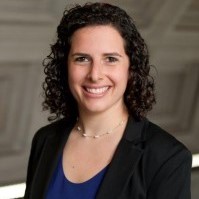
A Turn for the Better
Dec 28, 2018 By Ariella Rosen | Commentary | Shemot
It’s an all too familiar image: an individual in distress calling out, seeking help, as person after person walks by, completely ignoring their plight. Many of us prefer to see ourselves as the exception, the one who would stop and offer a hand, but statistics paint a different picture. In social psychology, the bystander effect describes the direct inverse correlation between the size of a crowd and the likelihood that someone will step in and help in a moment of crisis. In other words, someone in distress is much more likely to receive support from a solitary passerby than from a large group gathered around them. It appears to be the case that human beings are much more willing to step up when we are alone.
Read More
Questions of Life and Legacy
Dec 21, 2018 By Daniel Nevins | Commentary | Vayehi
This final parashah of Genesis bears a cryptic title: Vayehi, “He (that is, Jacob) lived.” Well, of course he lived, and soon he will die, but how has he lived? What legacy does he bequeath? These are the questions that concern Vayehi. What is the Torah’s final judgment of Jacob, a man who has wrestled, mourned and rejoiced, deceived and been deceived; a man who has been wounded and yet prevails, who has been humbled by his sons and yet manages to retain enough vigor and authority to command them until his dying breath? How has he lived?
Read More
Dying Whole and Living Whole
Dec 14, 2018 By Shayna Golkow | Commentary | Vayiggash
In a moment of joy, how many times have you said, “I’m so happy that I could die now,” or “If I died right now, I’d be satisfied!” In a way, this reaction is counterintuitive; if we are so happy, why would we wish to die? But this reaction also comes naturally, because of our awareness that dying during a time of harmony and wholeness in our lives is the ideal.
Read More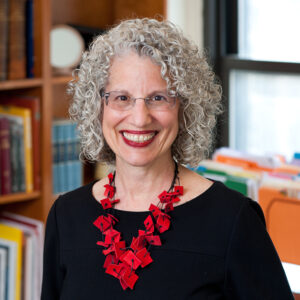
Anti-Semitism in America: How Did We Get Here and How Can We Move Forward?
Dec 11, 2018 By Shuly Rubin Schwartz | Public Event video
What explains the persistence of anti-Semitism through the ages—even here, today, in the United States? Our noted experts explore anti-Semitism’s historical and theological origins and trace its changing nature over time. They also discuss efforts to counter its pernicious effects and enhance intercultural and interreligious understanding.
Read More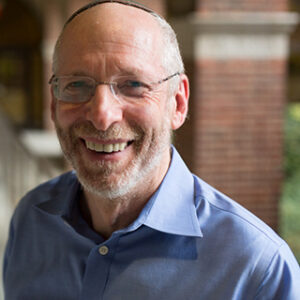
Hearing the Scream
Dec 7, 2018 By Eliezer B. Diamond | Commentary | Miketz
Perhaps no scream is more famous than the one portrayed in Edvard Munch’s painting popularly known simply as The Scream. The irony is that almost none of us is aware of the scream that Munch intended to portray.
Read More
Movies and Midrash
Dec 4, 2018 By Library of the Jewish Theological Seminary | Public Event audio
Dr. Wendy Zierler’s Movies and Midrash pioneers the use of cinema as a springboard to discuss central Jewish texts and matters of belief.
Read More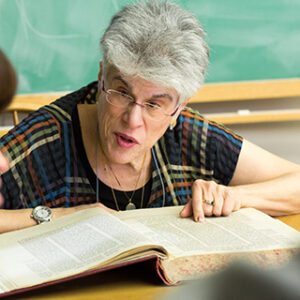
Judah and Tamar: Writing the Story
Nov 30, 2018 By Judith Hauptman | Commentary | Vayeshev
One of the most gripping stories in the entire Bible appears in this week’s parashah. Chapter 38, a self-contained unit, interrupts the ongoing Joseph saga to tell the story of Judah and Tamar.
Read MoreSUBSCRIBE TO TORAH FROM JTS
Our regular commentaries and videos are a great way to stay intellectually and spiritually engaged with Jewish thought and wisdom.

